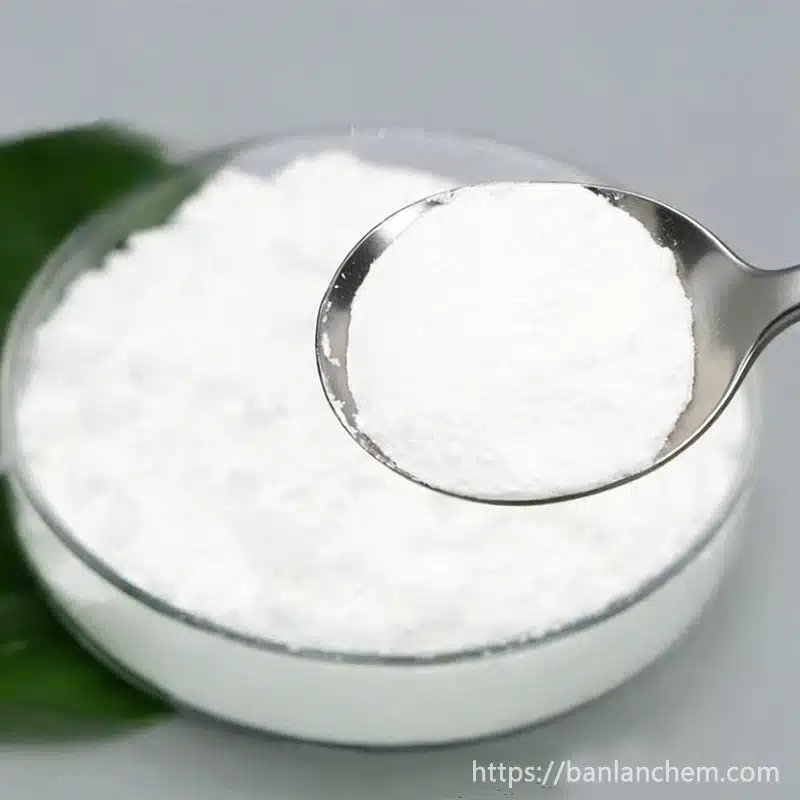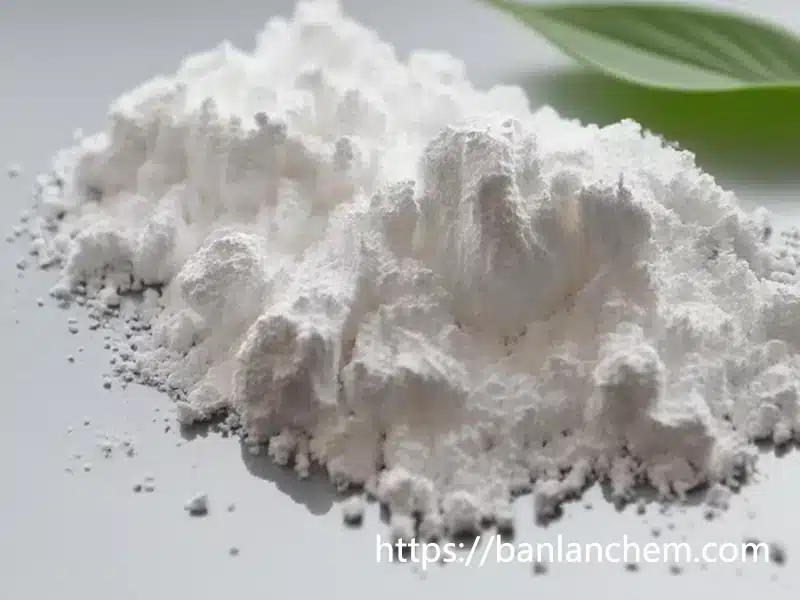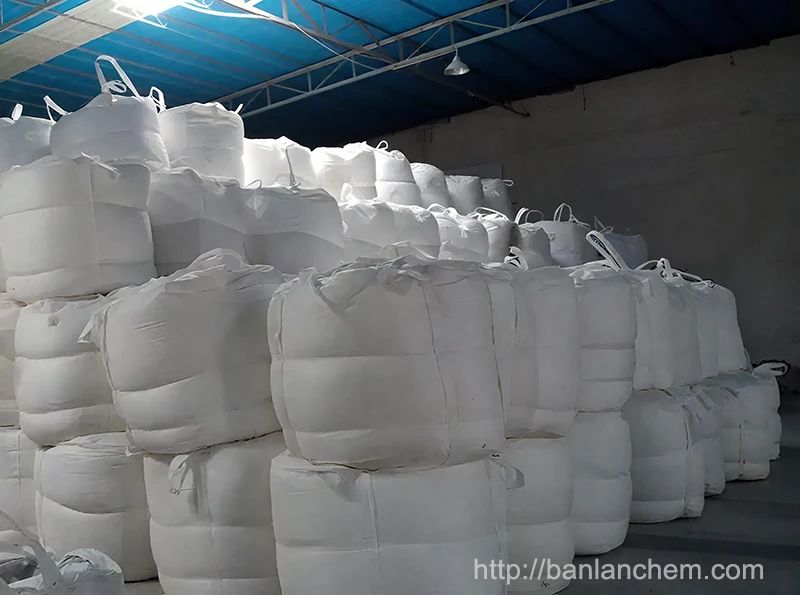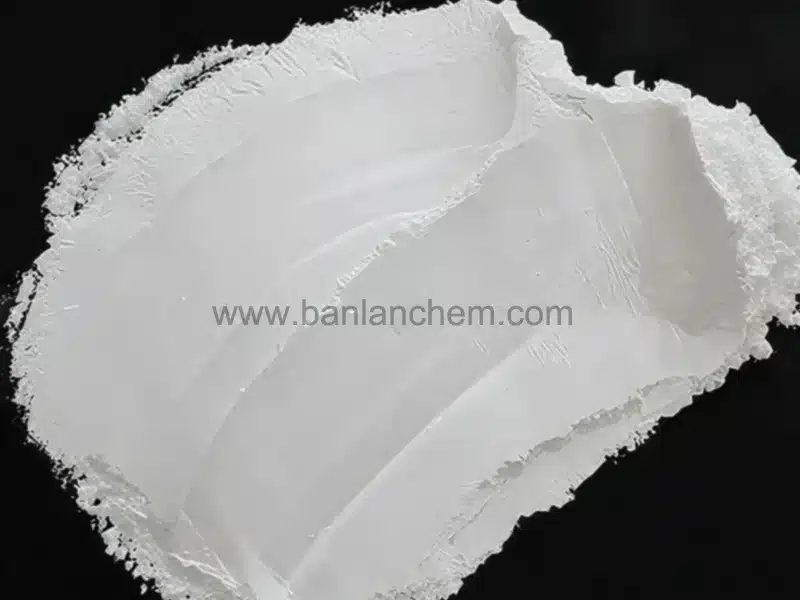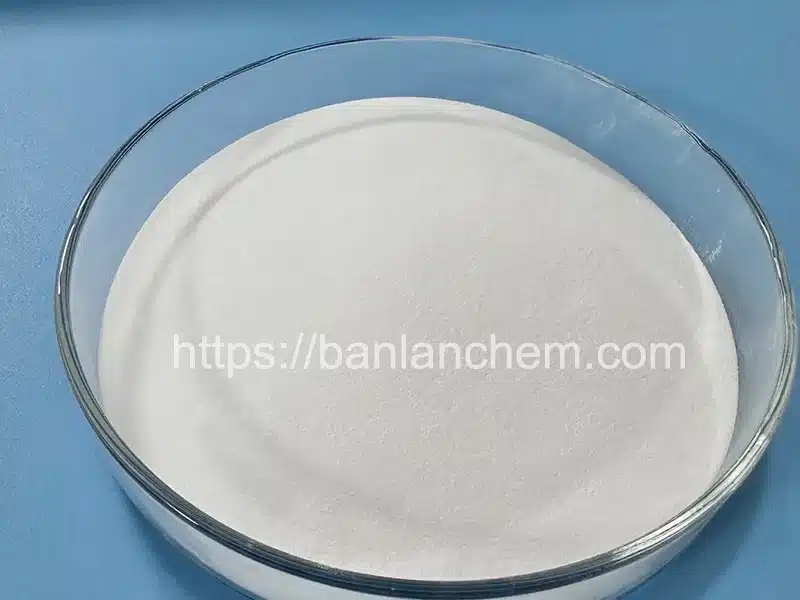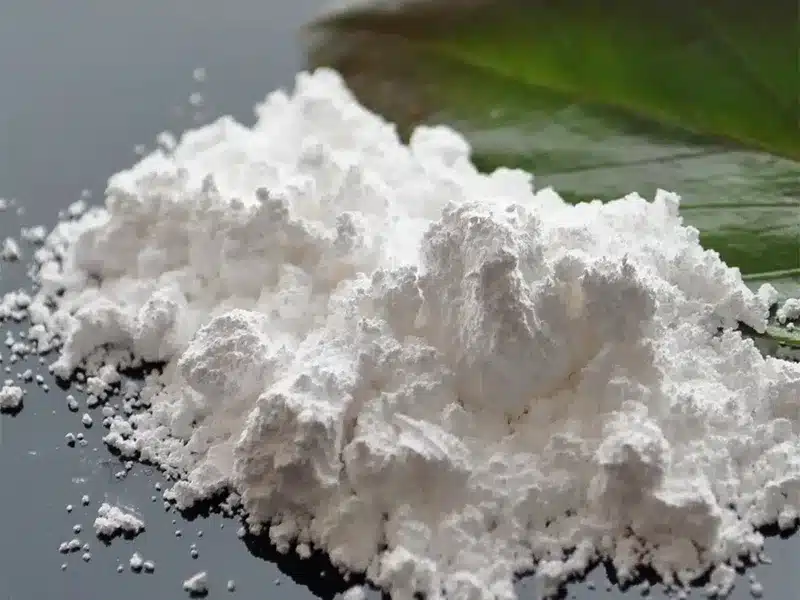Alumina (Aluminum Oxide) Products: Types, Properties, and Industrial Applications
Alumina, also known as aluminum oxide (Al₂O₃), is one of the most widely used industrial ceramic materials, valued for its exceptional hardness, thermal stability, and corrosion resistance. Available in multiple grades such as tabular alumina, calcined alumina, fused alumina, and alumina trihydrate, it plays a vital role in industries like ceramics, refractories, abrasives, catalysts, and electronics. This comprehensive guide covers the main types, properties, and applications of alumina products, helping you choose the right material for your specific industrial requirements.
What is Alumina (Aluminum Oxide)?
Alumina is a naturally occurring oxide of aluminum, found primarily in the mineral bauxite. It is produced through refining and calcination processes, resulting in a highly stable compound with a melting point above 2000°C.
- Chemical Formula: Al₂O₃
- Appearance: White crystalline powder or granules
- Key Characteristics: High hardness, electrical insulation, chemical inertness, and excellent thermal resistance
Related reading: What is Alumina Trihydrate – Learn about ATH properties and uses.
Main Types of Alumina Products
Tabular Alumina
Produced by sintering high-purity calcined alumina at temperatures above 1800°C, tabular alumina has a large, well-developed α-alumina crystal structure, offering exceptional refractoriness and thermal shock resistance.
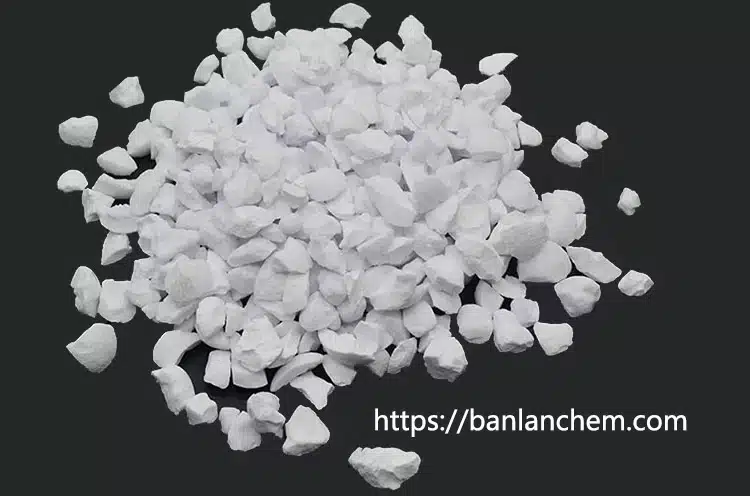
Common Uses: Refractory linings, kiln furniture, blast furnace linings.
Explore more: Tabular Alumina for Refractory Applications
Calcined Alumina
Calcined alumina is obtained by heating aluminum hydroxide to remove chemically bound water, producing a dense, stable α-alumina with controlled particle size.
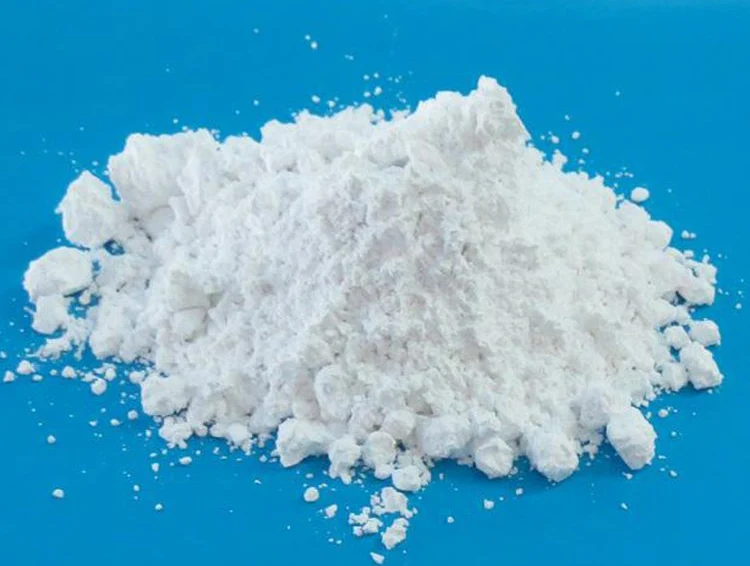
Common Uses: Ceramics, polishing compounds, wear-resistant coatings.
Learn more: Calcined Alumina Polishing Applications
Fused Alumina
Fused alumina is manufactured by melting high-purity alumina in an electric arc furnace, producing a material with extremely high hardness and abrasion resistance.
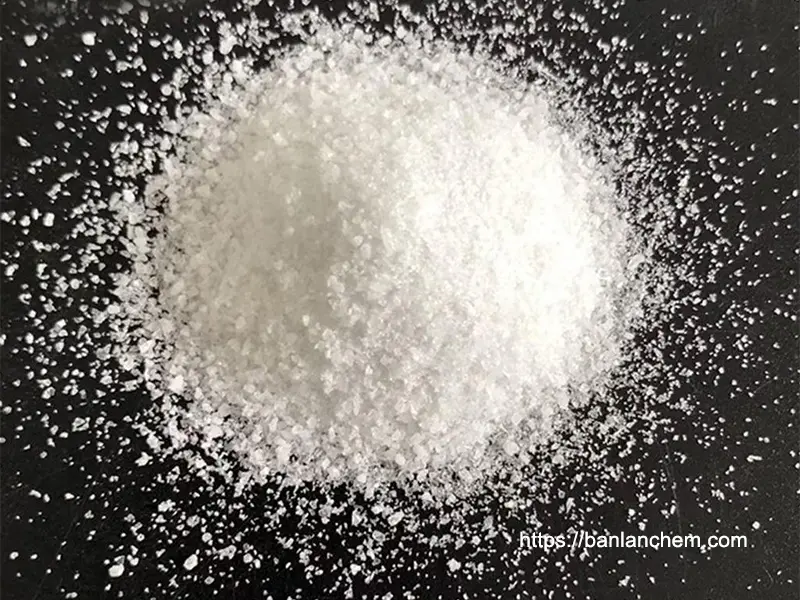
Common Uses: Abrasives, grinding wheels, sandblasting media.
Alumina Trihydrate (ATH)
ATH is a hydrated form of alumina that releases water when heated, acting as a flame retardant and smoke suppressant.
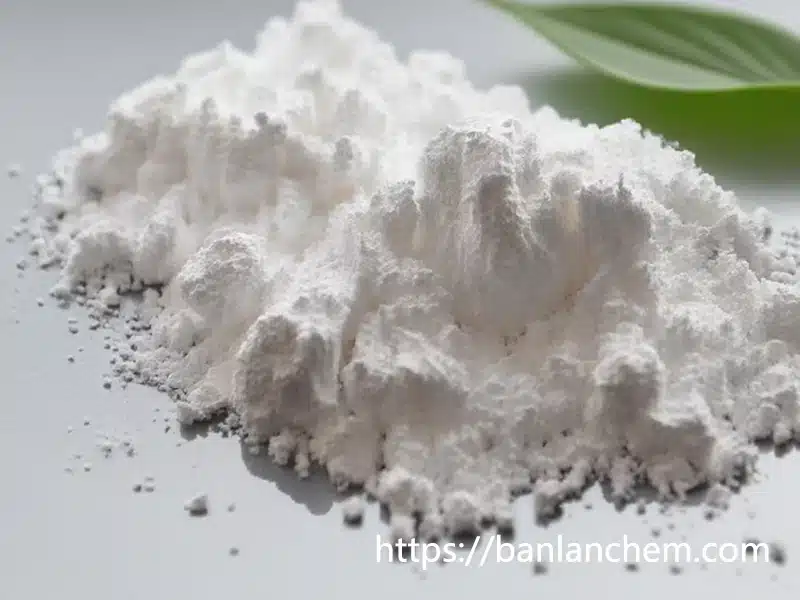
Common Uses: Flame-retardant fillers in plastics, rubber, wire and cable insulation.
Read next: Alumina Trihydrate vs Aluminum Hydroxide
Key Properties of Alumina Products
Alumina (Aluminum Oxide, Al₂O₃) is valued for its exceptional mechanical strength, thermal stability, electrical insulation, and chemical resistance. These unique properties make it one of the most versatile industrial materials, suitable for applications in ceramics, refractories, abrasives, catalysts, and electronics.
Below are the key properties in detail:
1. High Hardness and Wear Resistance
- Mohs hardness: ~9 (second only to diamond, cubic boron nitride, and a few synthetic materials).
- Benefit: Provides long service life in wear-prone environments, reduces maintenance frequency.
- Applications: Abrasives (grinding wheels, sandpaper), wear-resistant tiles, cutting tools.
- Example Grade: White fused alumina for precision grinding.
2. Exceptional Thermal Stability
- Melting point: Over 2000°C, stable in both oxidizing and inert atmospheres.
- Benefit: Maintains mechanical strength and shape under high-temperature operations.
- Applications: Kiln linings, furnace refractories, molten metal handling equipment.
- Example Grade: Tabular alumina for steel ladles.
3. Excellent Electrical Insulation
- Dielectric strength: >10 kV/mm, with low dielectric loss.
- Benefit: Prevents electrical leakage, ensuring safe operation in high-voltage applications.
- Applications: Electronic substrates, spark plug insulators, semiconductor packaging.
- Example Grade: High-purity calcined alumina for advanced ceramics.
4. High Chemical Resistance
- Corrosion resistance: Inert to most acids, alkalis, and organic solvents at room temperature.
- Benefit: Long-term durability in chemically aggressive environments.
- Applications: Catalyst carriers, chemical processing equipment, filtration media.
- Example Grade: Activated alumina for water and gas purification.
5. Controlled Particle Size and Surface Area
- Adjustable PSD: From coarse granules to micronized powders.
- Benefit: Enables precise control over mechanical and chemical properties in formulations.
- Applications: Polishing compounds, ceramic glazes, polymer fillers.
- Example Grade: Micro-powder calcined alumina for optical lens polishing.
6. Flame Retardancy (for ATH grades)
- Mechanism: Releases water vapor when heated (~200°C), reducing flammable gas concentration.
- Benefit: Non-halogen, environmentally friendly fire suppression.
- Applications: Wire & cable insulation, building materials, plastics.
- Example Grade: Fine-particle alumina trihydrate (ATH).
Industrial Applications of Alumina
- Ceramics – Technical ceramics, spark plug insulators, wear-resistant parts.
- Refractories – Kiln linings, steel ladles, glass tanks.
- Abrasives – Grinding wheels, sandpapers, blasting media.
- Catalysts & Catalyst Supports – Petrochemical refining, environmental protection.
- Electrical & Electronics – Substrates, insulating components.
- Polishing – Optical lenses, semiconductor wafers, metals.
How to Select the Right Alumina Product
Choosing the right alumina grade depends on:
- Application Environment (temperature, wear, chemical exposure)
- Particle Size and Purity
- Form (powder, granules, sintered shapes)
Why Choose Banlanchem as Your Alumina Supplier
At Banlanchem, we offer high-purity alumina materials with consistent quality and reliable supply.
- Multiple grades available: tabular, calcined, fused, ATH.
- Custom specifications to match client requirements.
- Fast global shipping and technical support.
View all products: Aluminum Hydroxide & Alumina Series
FAQs about Alumina and Aluminum Oxide
Q1: Is alumina the same as aluminum oxide?
Yes. Alumina is another name for aluminum oxide (Al₂O₃), a chemically stable compound made from aluminum and oxygen. The terms are used interchangeably in industrial and scientific contexts.
Q2: What are the main types of alumina products?
The most common types include tabular alumina, calcined alumina, fused alumina, alumina trihydrate (ATH), and activated alumina. Each type is produced using different processes and is suitable for specific applications such as refractories, abrasives, ceramics, catalysts, and flame retardants.
Q3: What industries use alumina the most?
Alumina is widely used in ceramics, refractories, abrasives, electrical & electronics, polishing, and catalyst manufacturing. Its combination of high hardness, thermal stability, and chemical resistance makes it ideal for demanding industrial environments.
Q4: Is alumina toxic or hazardous?
High-purity alumina is non-toxic, chemically inert, and safe for industrial use. However, fine alumina dust can cause respiratory irritation, so it is recommended to use proper dust control and protective equipment during handling.
Q5: How is alumina different from alumina trihydrate (ATH)?
Alumina trihydrate (ATH) is a hydrated form of aluminum oxide containing three molecules of water. When heated, ATH releases water vapor and converts to alumina. This property makes ATH an effective flame retardant and smoke suppressant.
Q6: What is the typical purity of industrial alumina?
Purity levels vary depending on the application:
- Industrial-grade: 95–99% Al₂O₃ (used in refractories and abrasives)
- High-purity: ≥99.9% Al₂O₃ (used in electronics, ceramics, and catalysts)
Q7: How should alumina products be stored?
Store alumina in a dry, well-ventilated area, away from moisture and strong acids. Proper packaging helps maintain particle size distribution and prevents contamination.
Q8: Where can I buy high-quality alumina products?
Banlanchem is a trusted alumina and aluminum oxide supplier offering a wide range of grades, including tabular, calcined, fused, ATH, and activated alumina. Contact us for product specifications, pricing, and technical support.


